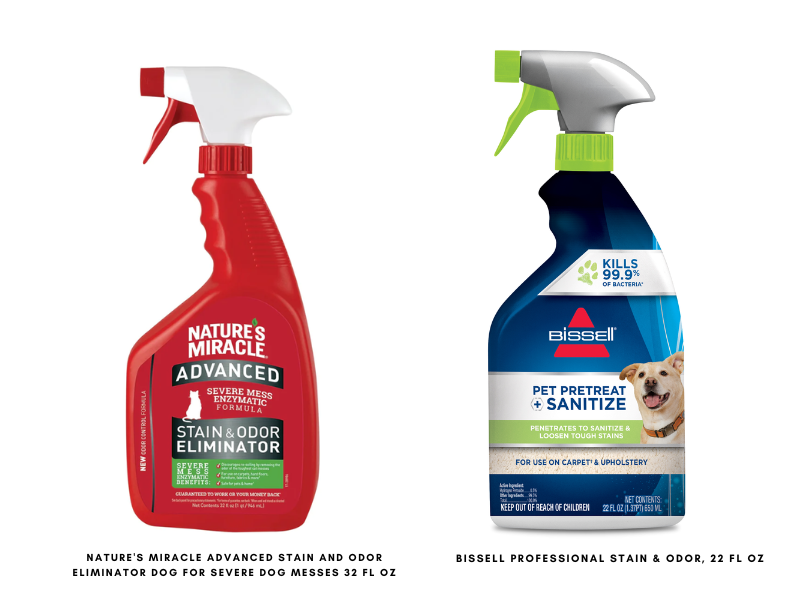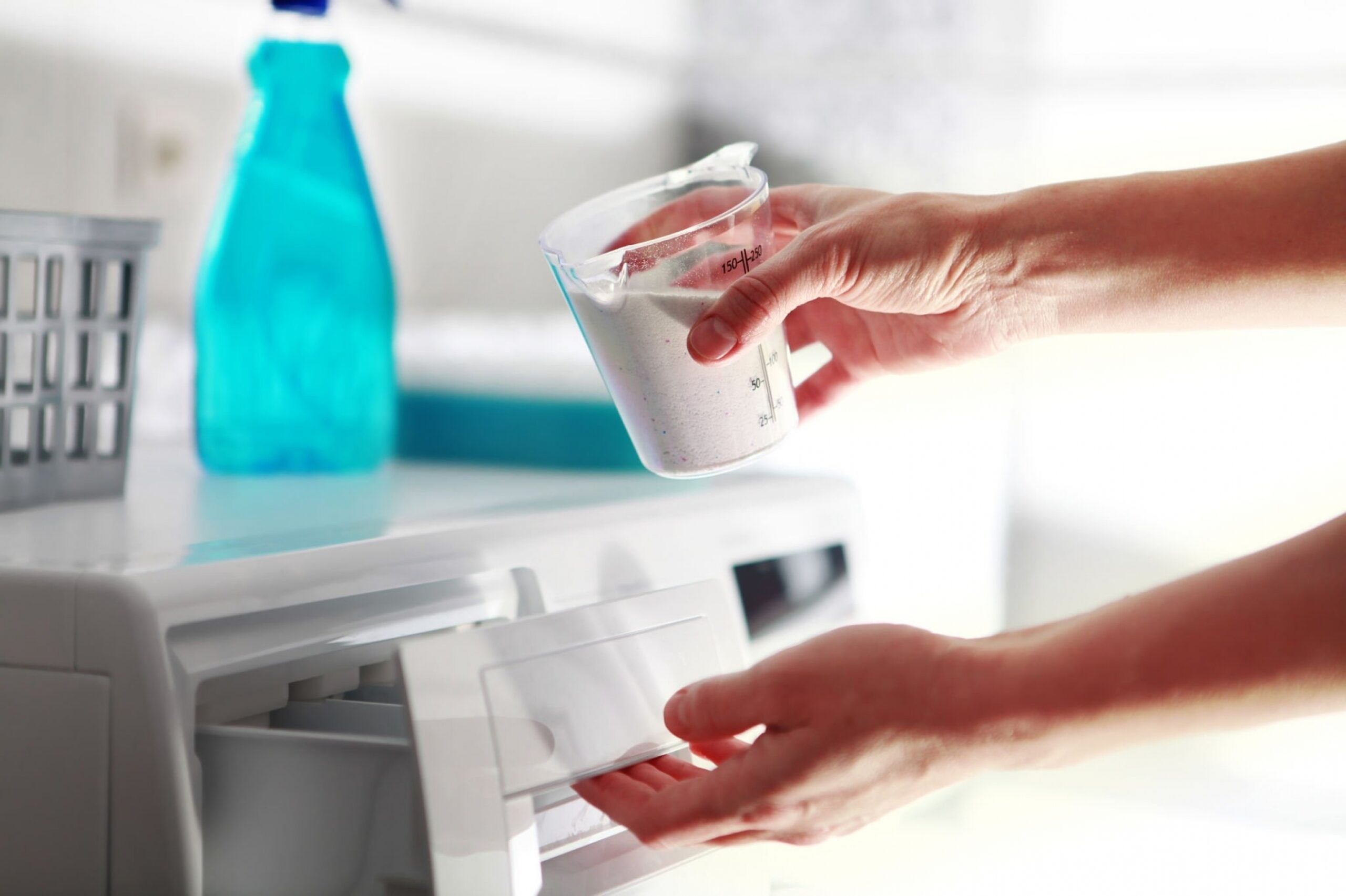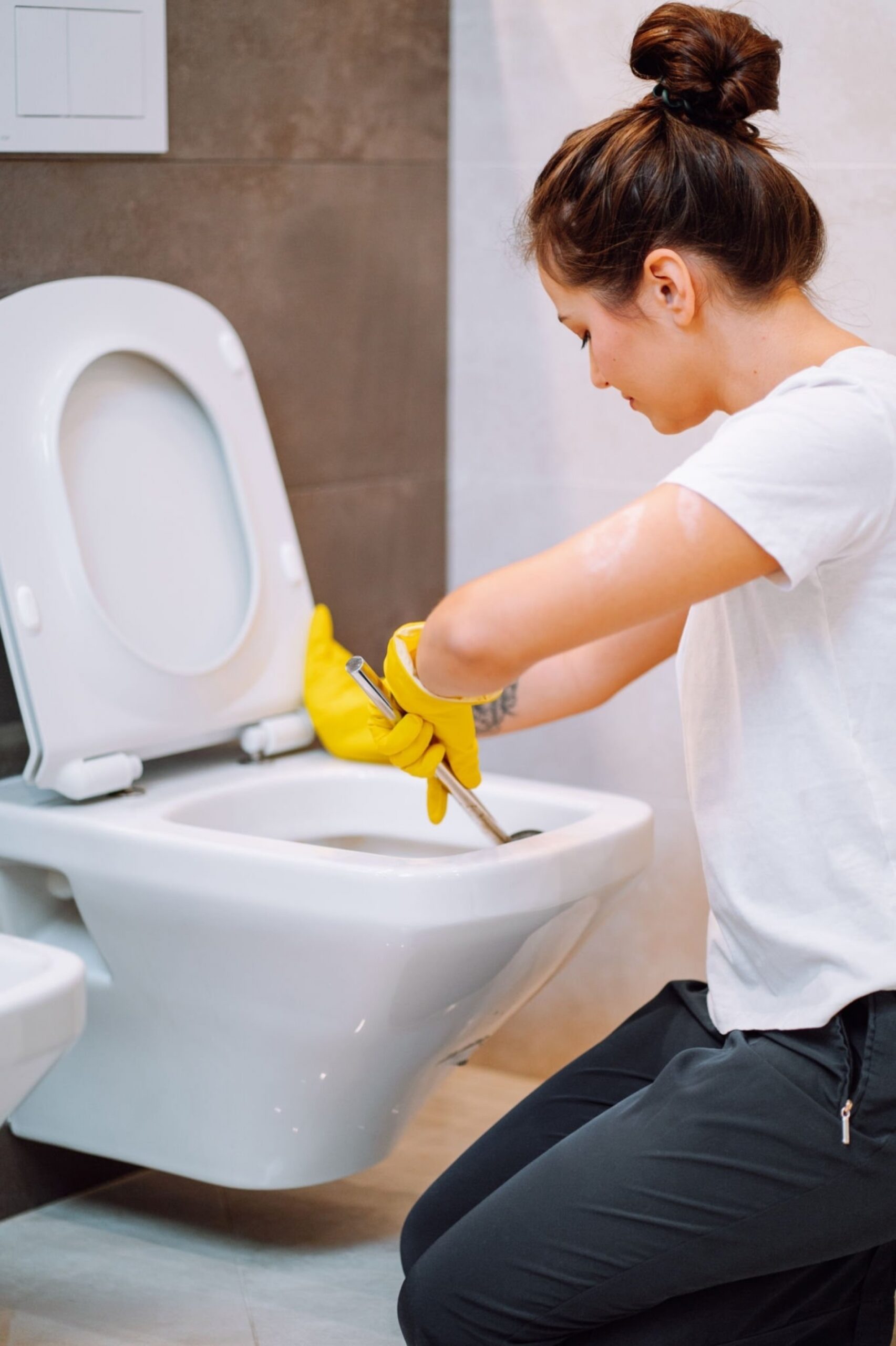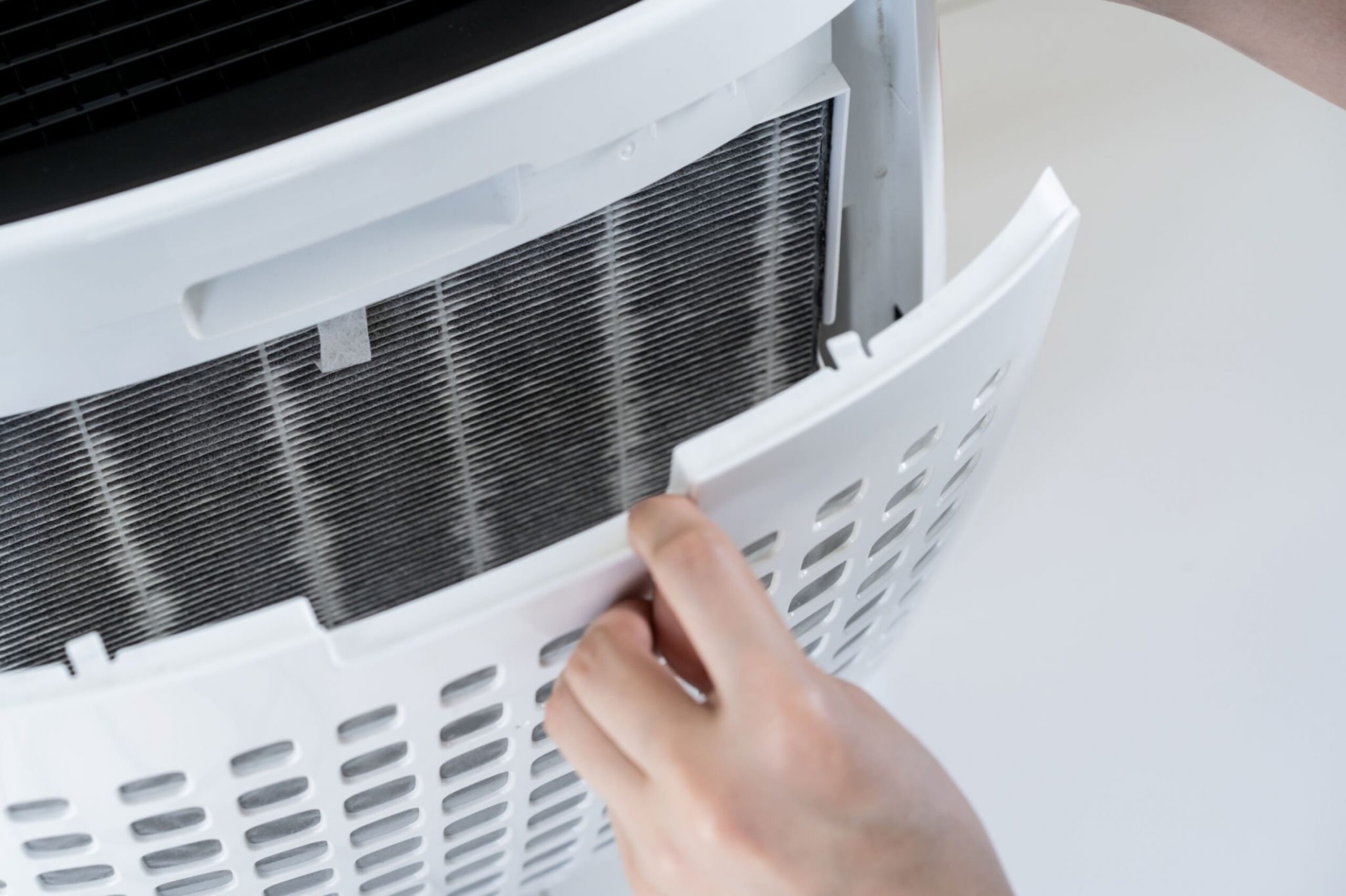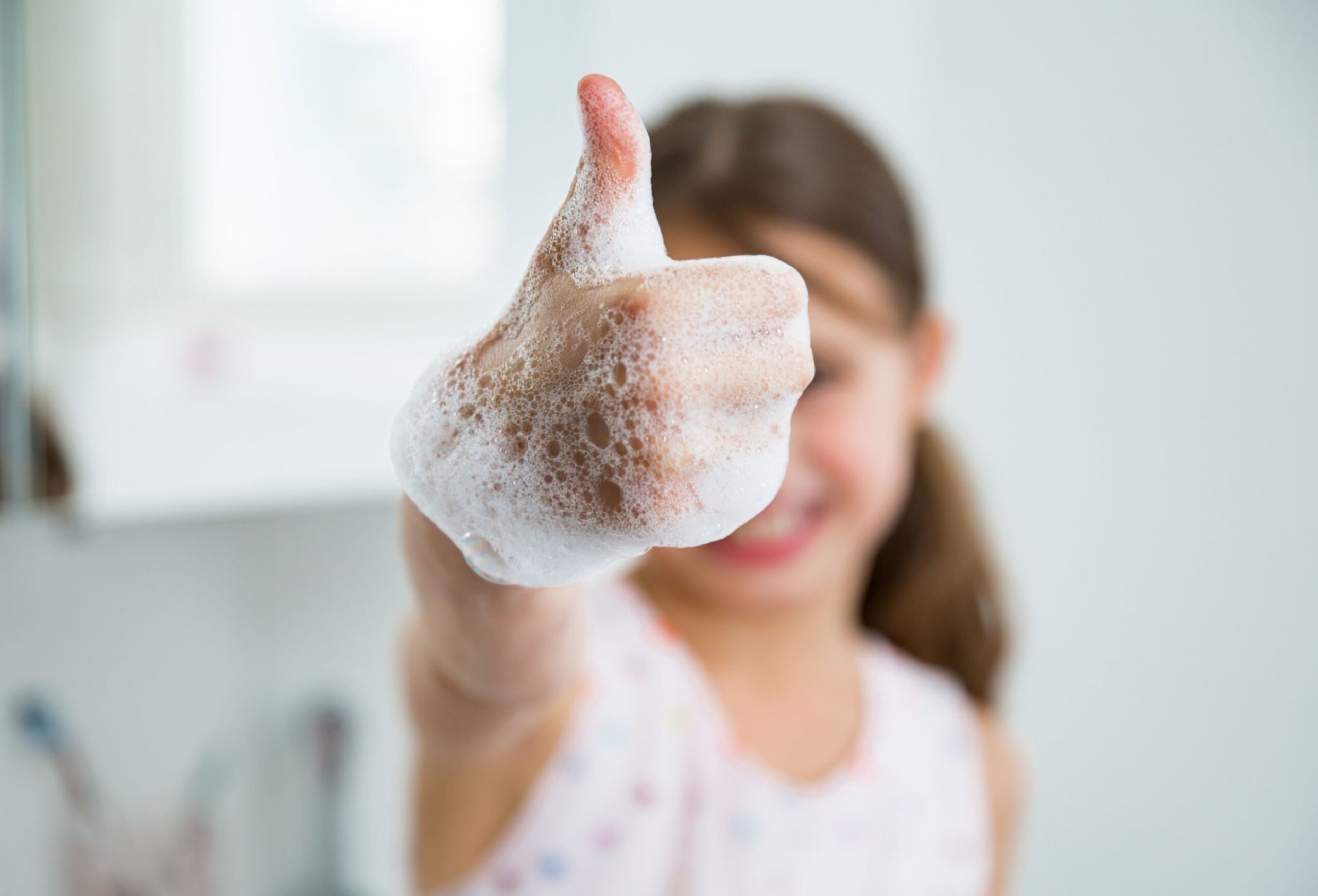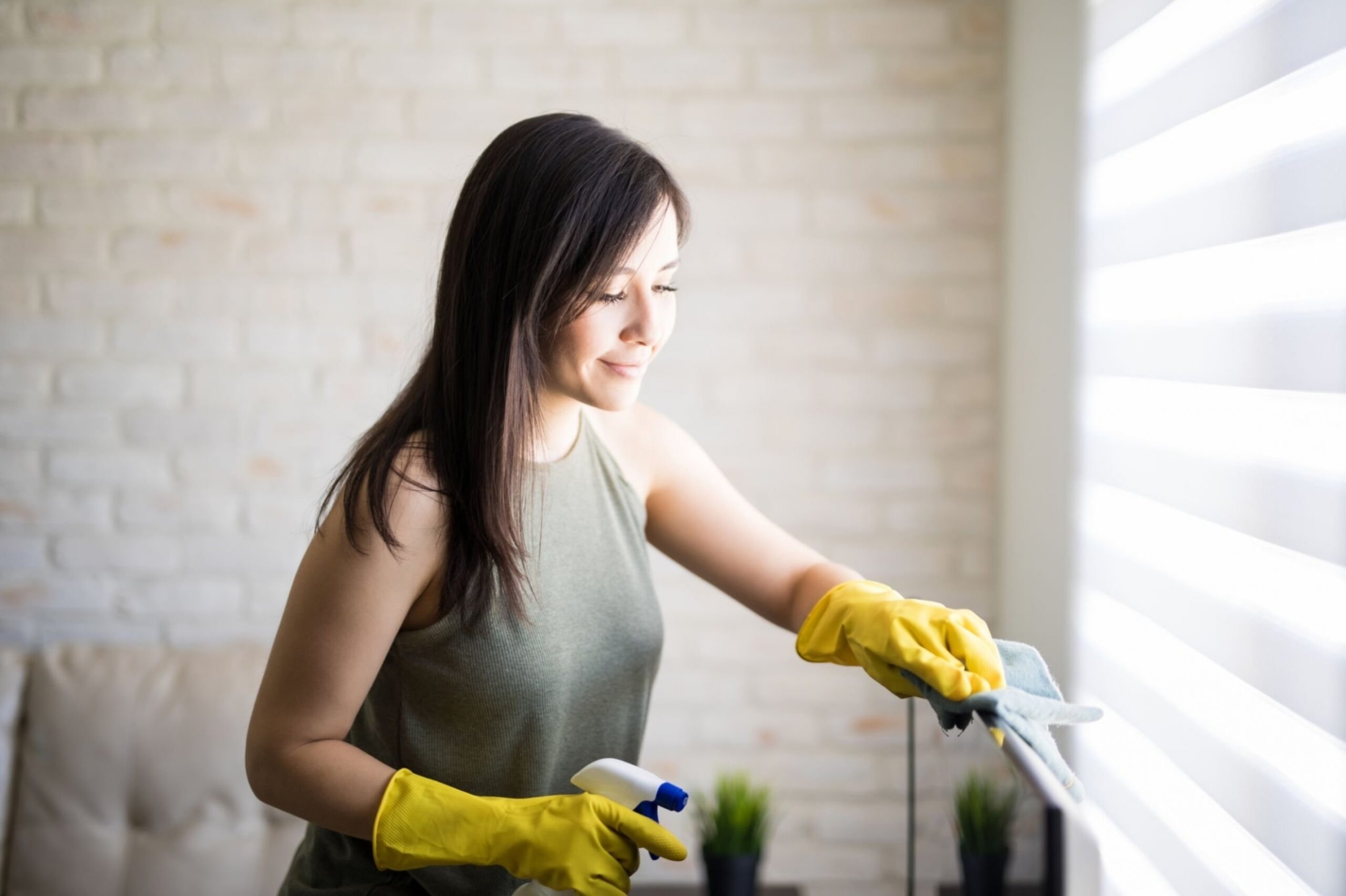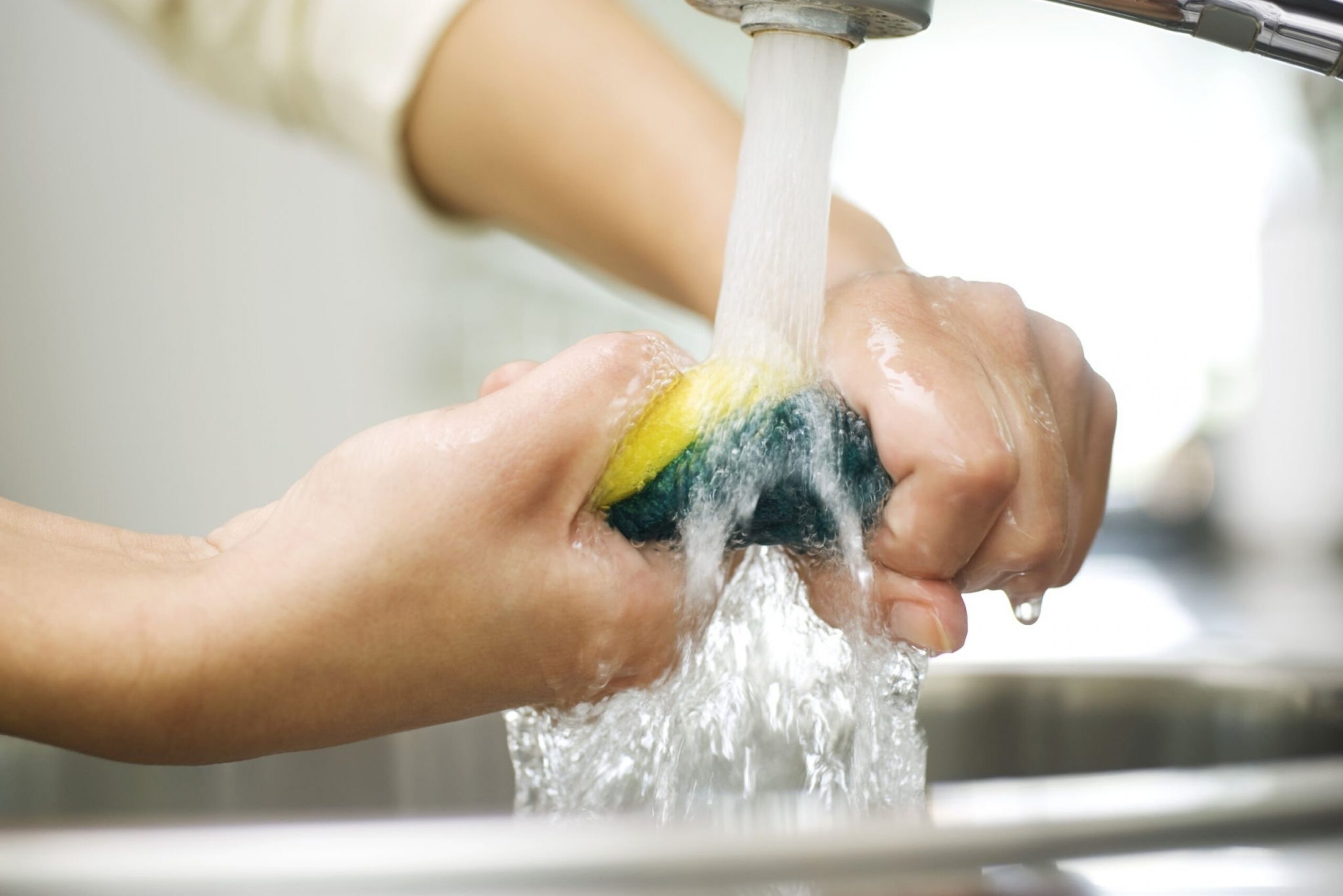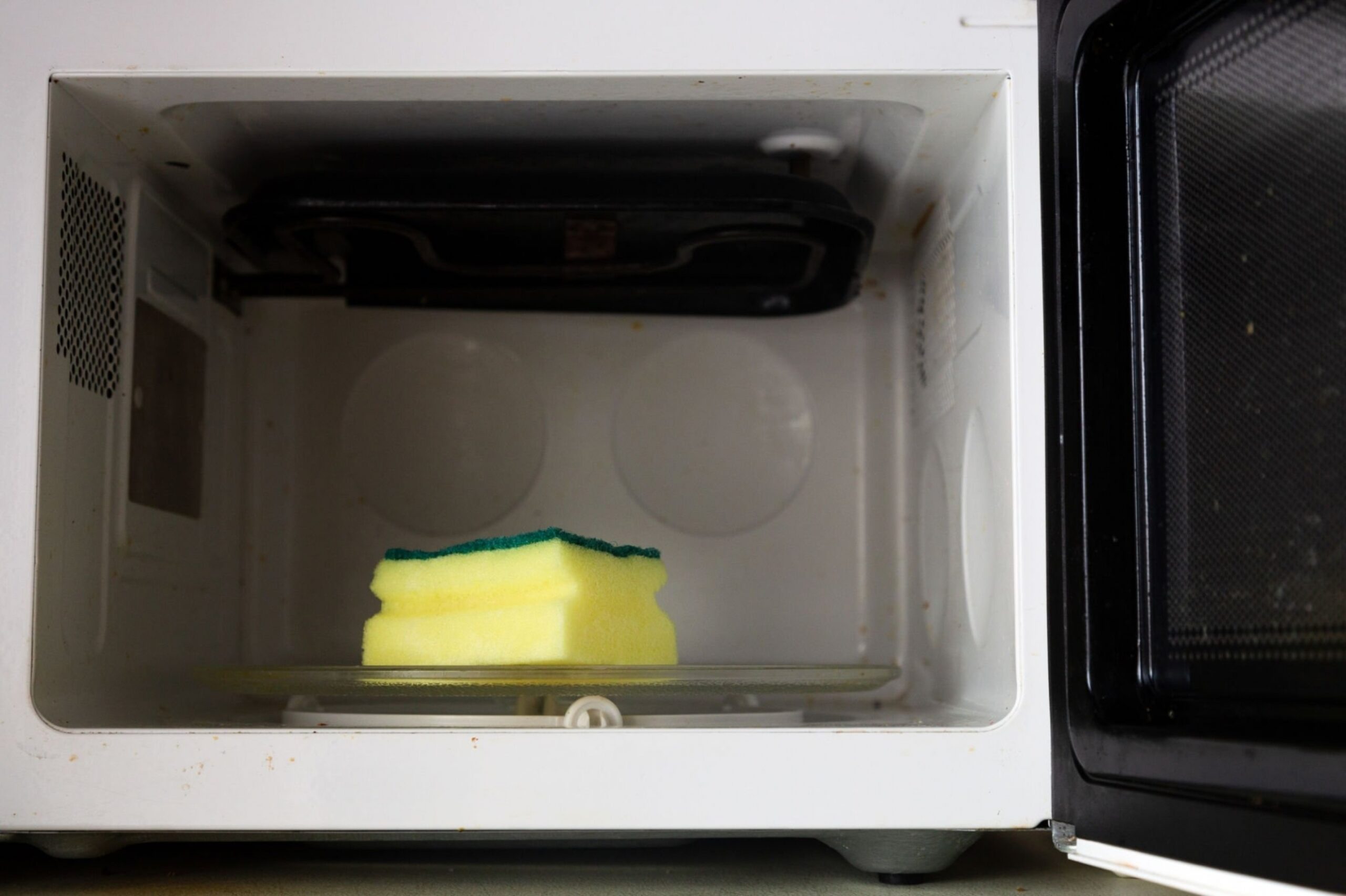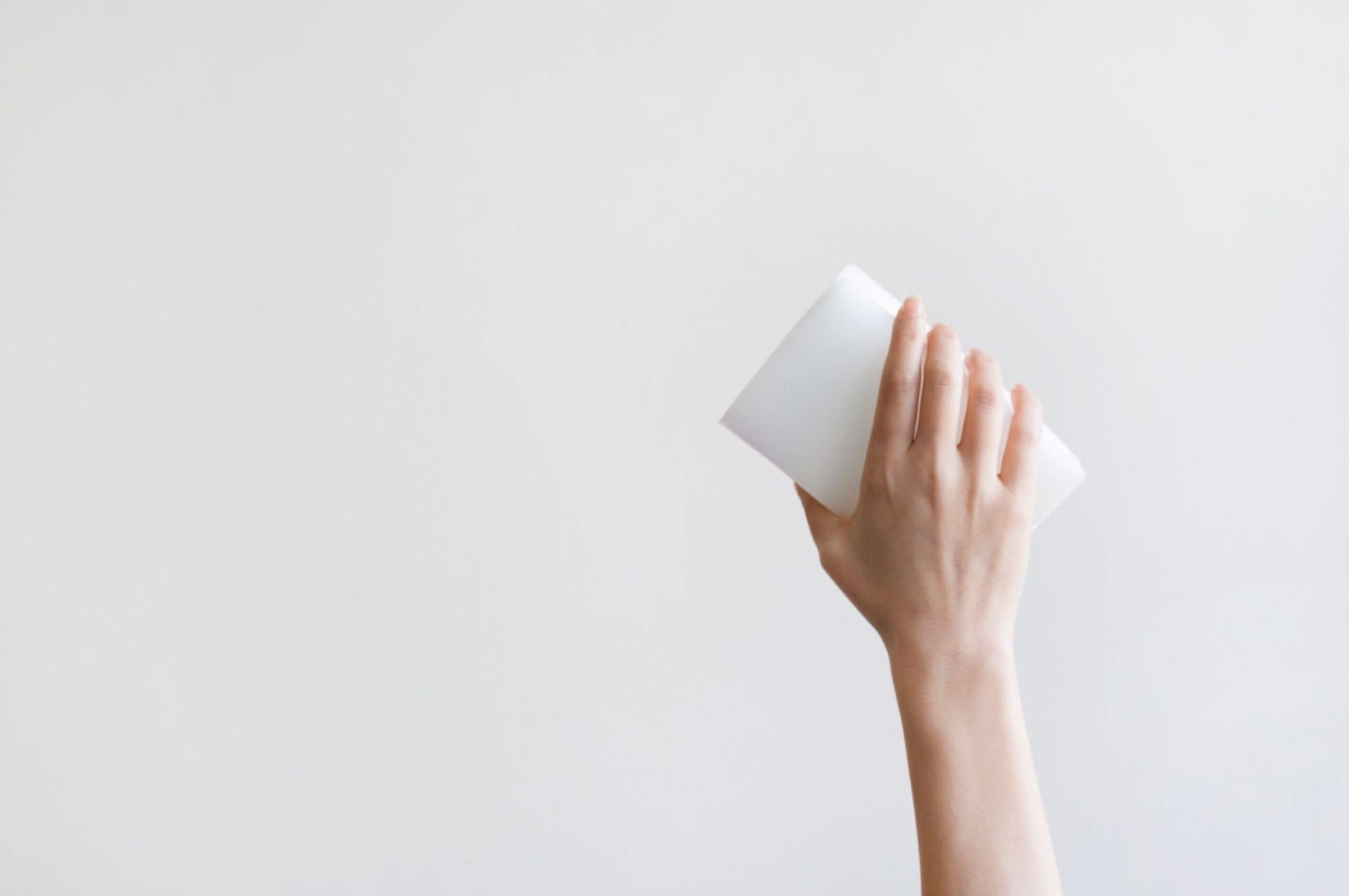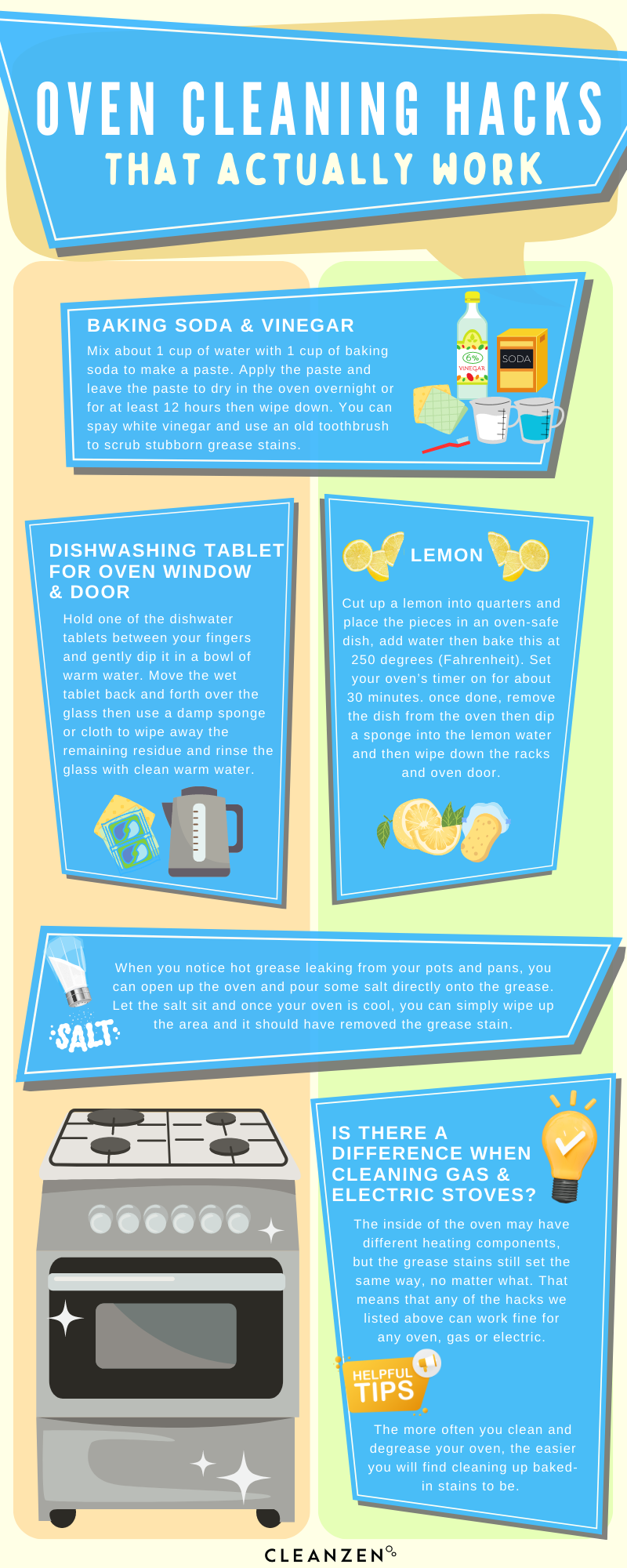
Cleaning the oven is pretty much nobody’s favorite task on their cleaning list. The bad news, however, is that the more it gets put off, the more difficult and time-consuming it will be to clean. No one enjoys heating up their oven only to have it start smoking from the grease build-up. Unfortunately, we’ve all been guilty of this at some point.
Rather than spending an entire day scrubbing, you can actually try several oven-cleaning hacks to make life much so much easier when it comes to cleaning your oven. Some grease and grime may be too difficult or too far gone for hacks, but that doesn’t mean you can’t still take advantage of a few good oven-cleaning tips and tricks.
Ready to give some of these hacks a try? Then keep reading to find out exactly how to put them to the test.
How Did Your Oven Get So Dirty?
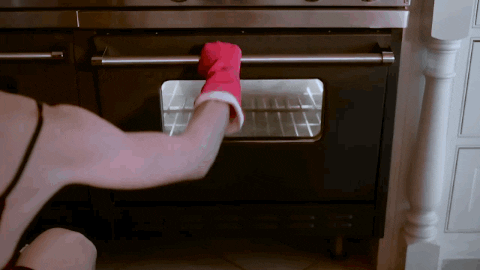
Each time you use your oven or stovetop to cook, food drops from your pots, pans, and plates and gathers in the nooks and crannies of the base, in the filters, and pretty much anywhere inside. Eventually, this greasy buildup can start to affect your oven’s overall performance and can even start to impact the quality and flavor of the food you are cooking inside of it.
However, having a dirty oven doesn’t become dangerous for some time, which is probably why it goes so long without cleaning in the first place. There’s no judgment here, we’ve all been guilty of avoiding this particular task.
But there is no time like the present to clean your dirty oven. So how do you do a good job, while keeping things as simple as possible to make the process quick and easy? We have a few solutions, keep reading to find out more.
Gather Supplies
Before you get started, you’ll want to make sure you have everything you’ll need to get the job done. Here is a short list of everything we suggest having on hand:
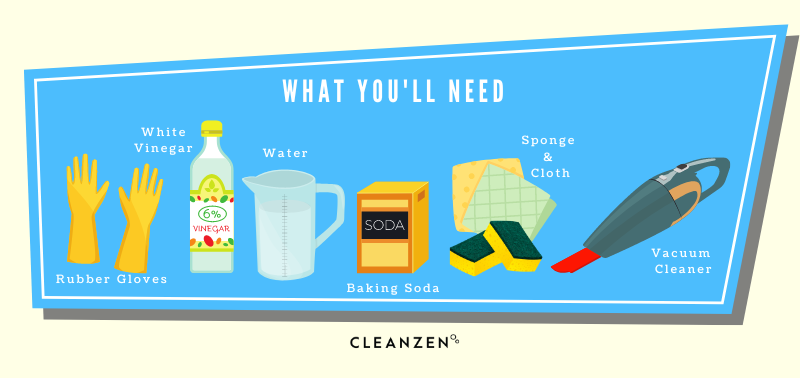
Best Oven Cleaning Hacks
The First Step:
You’ll first need to get up all the crumbs and loose bits that are hiding in and around the oven. It might actually be more tricky to clear them out once you start cleaning, so it makes more sense to get them out with your vacuum first. Be careful not to let your vacuum cleaner get all greasy, there is no need to scrub the oven with it. Just suck up all the loose debris and leave the rest to clean later.
Oven Cleaning Hacks: Baking Soda Vinegar
You’ll first need to get up all the crumbs and loose bits that are hiding in and around the oven. It might actually be more tricky to clear them out once you start cleaning, so it makes more sense to get them out with your vacuum first. Be careful not to let your vacuum cleaner get all greasy, there is no need to scrub the oven with it. Just suck up all the loose debris and leave the rest to clean later.
- Take out the oven racks so you can work deeper in the oven and also clean and degrease them. Be sure to set them on old towels, newspapers, or other surfaces so you don’t spread grime around your home.
- Mix about 1 cup of water with 1 cup of baking soda to make a paste with the consistency of craft glue. Since this is a 1:1 ratio, you’ll need to make enough of the paste to cover the entire inside of your oven.
- Put your rubber gloves on and apply the paste to the inside of the oven with your hands, except for any of the heating components. For particularly grimey areas, you can leave a little extra paste.
- Leave the paste to dry in the oven overnight or for at least 12 hours. During that time, you can clean and degrease the oven racks. Let them soak in a tub of hot water for a few hours, using mild dish soap to scrub away any remaining grime.
- Wipe down the inside of your oven with a damp sponge or cloth. You can use an old toothbrush to scrub any particularly stubborn areas and grease stains.
- For more of an intensive cleaning punch, spray some white vinegar around the oven to help treat and eliminate any remaining stubborn patches of grease.
Understandably, not everyone has 12 hours to clean their oven. If you’re on more of a time crunch, we have a few other hacks you can try your hand at.
Dishwashing Tablet
Having y messes smeared around inside the window or door of your oven isn’t a great look. But we have an easy fix for this with this hack:
- Grab your trusty pair of rubber gloves and a few dishwasher tablets.
- Hold one of the dishwater tablets between your fingers and gently dip it in a bowl of warm water. Move the wet tablet back and forth over the glass and pay extra care to the more stubborn grease stains.
- The tablet will dissolve, so you may need a second one depending on how quickly this happens.
- Use a damp sponge or cloth to wipe away the remaining residue and rinse the glass with clean warm water.
You may have heard that dishwasher tables are a good oven door cleaning hack. Now you know that it’s true!
Lemon Oven Cleaning Hacks
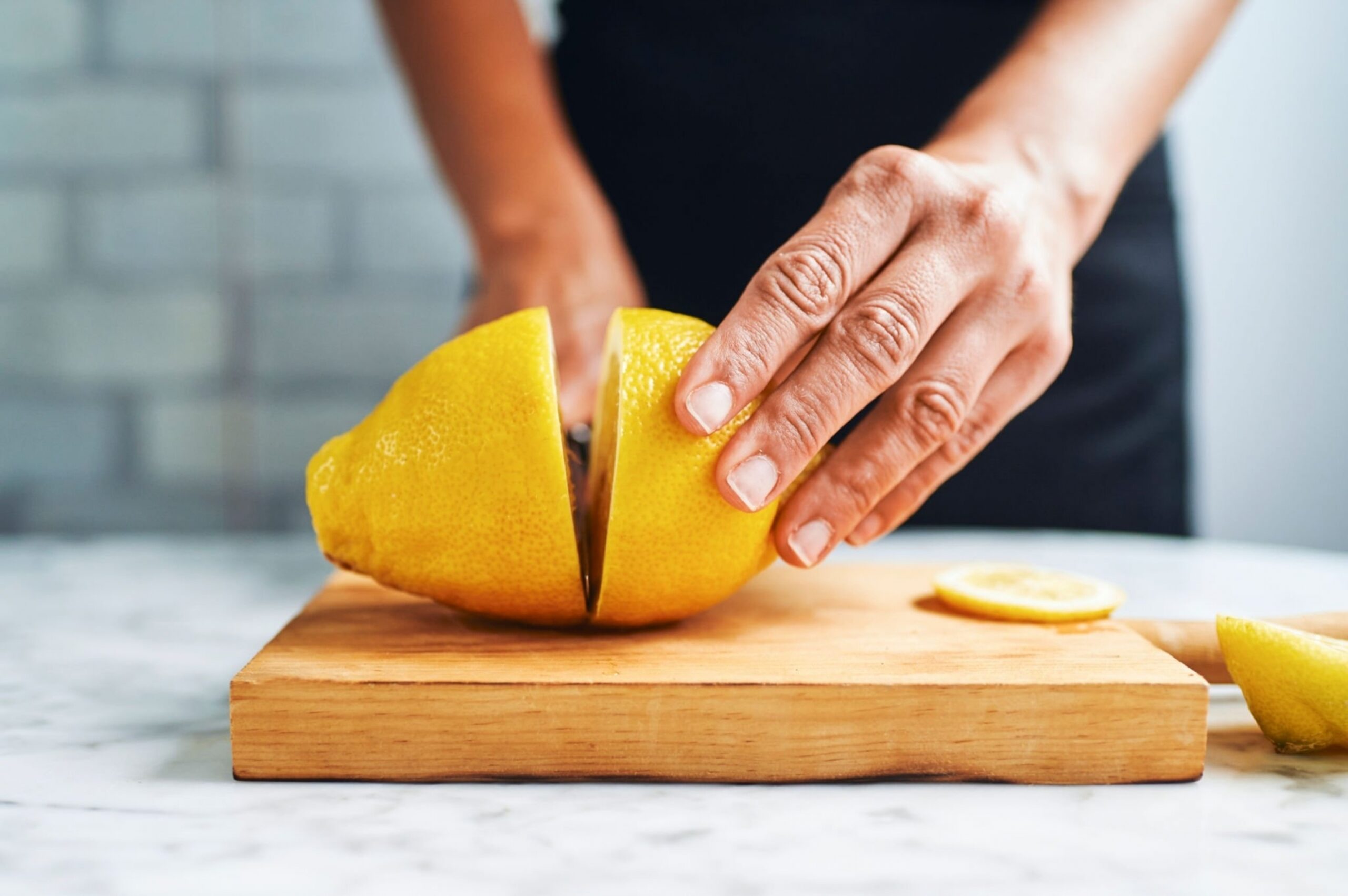
This trick has actually been around for some time but it has recently been blowing up on TikTok. For good reason too, as this is one of the easiest hacks to clean your oven. Here is how it works:
- Cut up a lemon into quarters and place the pieces in an oven-safe dish.
- Pour some water over the lemons into the dish and then place the dish with water and lemons in the oven.
- Bake this at 250 degrees (Fahrenheit) and set your oven’s timer on for about 30 minutes.
- After the timer goes off, remove the dish from the oven. Dip a sponge into the lemon water (very carefully, it’ll still be hot!) and then wipe down the racks and oven door.
Remember that the oven will be hot during this process, so make sure you are careful and protected while you clean in and around the oven.
Salt
If you catch grease spills early, they can be treated and cleaned up almost immediately to minimize the amount of damage to your oven. When you notice hot grease leaking from your pots and pans, you can open up the oven and pour some salt directly onto the grease. Let the salt sit for about 2-3 hours while your oven cools off after you’re done cooking. Once your oven is cool, you can simply wipe up the area and it should have removed all, if not almost all, of the grease stain.
Is There a Difference When Cleaning Gas and Electric Stoves?
Finally, let’s talk about the type of stove you have in your home. Some people wonder whether they can or should treat grease spills differently in a gas oven than in an electric oven. And that is a fair question, so here is the answer: The inside of the oven may have different heating components, but the grease stains still set the same way, no matter what. That means that any of the hacks we listed above can work fine for any oven, gas or electric.
Don’t Wait To Clean!
The more often you clean and degrease your oven, the easier you will find cleaning up baked-in stains to be. At the end of the day, the process is pretty much the same no matter when you last cleaned it. The process we suggest for intensive cleaning is the overnight method using baking soda. This allows time to soak and loosen up bigger greasy messes.
In a pinch, using salt can be a big time-saver when fighting against larger messes down the road. Of course, when you need to clean up and remove that lingering smell of burnt food, try the lemon hack to leave your home smelling fresh and clean for days.
For more cleaning tips, tricks, and hacks check out our blog and read up on a variety of topics from cleaning to staying organized. You can also book any variety of our available cleaning services for your home with our friendly and affordable cleaning team.
The post Oven Cleaning Hacks That Actually Work (It’s SO Easy!) appeared first on Cleanzen.
from Cleanzen https://cleanzen.com/blog/oven-cleaning-hacks/
via IFTTT
From https://cleanzencleaningservices00.blogspot.com/2023/05/oven-cleaning-hacks-that-actually-work.html
from Kirstie Bravo https://kirstiebravo.blogspot.com/2023/05/oven-cleaning-hacks-that-actually-work.html
via IFTTT
from Kirstie Bravo https://kirstiebravo.wordpress.com/2023/05/24/oven-cleaning-hacks-that-actually-work-its-so-easy/
via IFTTT
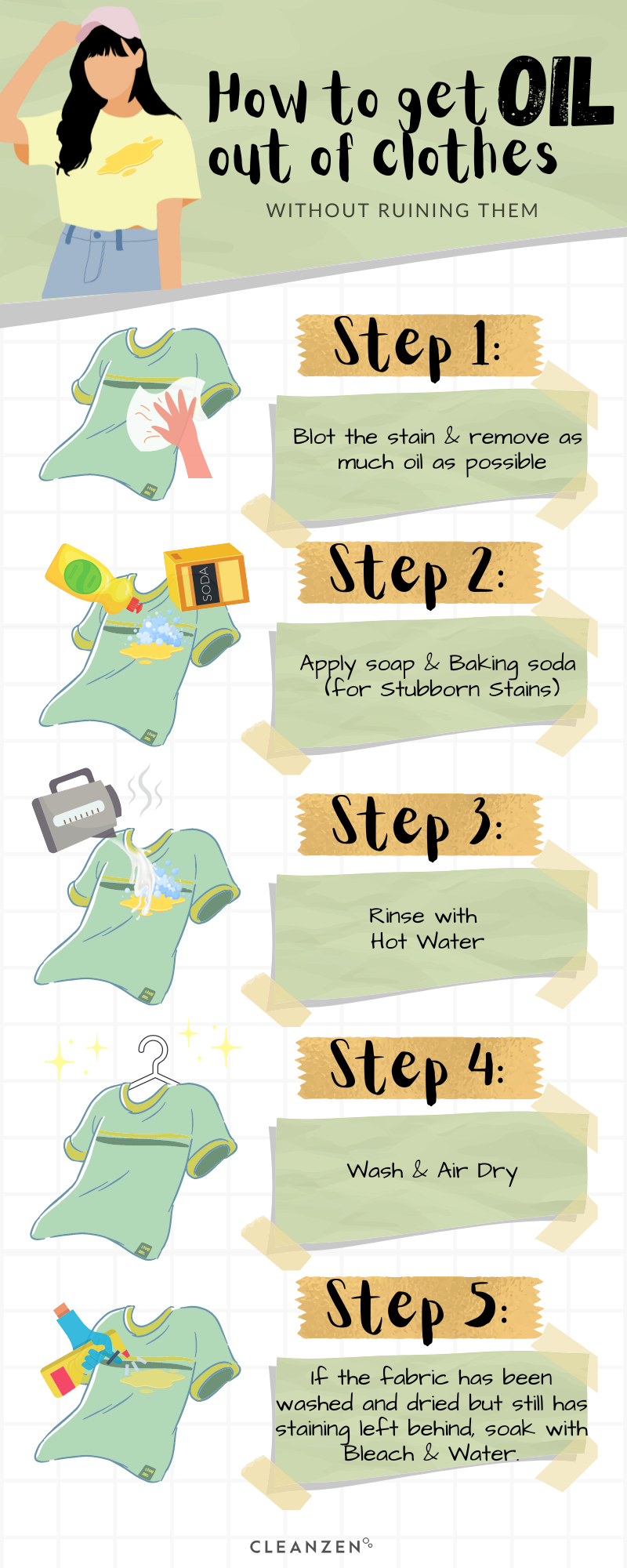

 Treating and removing motor oil stains has pretty much the same process as regular oil. Blot away as much of the stain as possible, apply dish soap and baking soda and scrub the mixture with a toothbrush, rinse and soak in hot water, and then run through the washing machine.
Treating and removing motor oil stains has pretty much the same process as regular oil. Blot away as much of the stain as possible, apply dish soap and baking soda and scrub the mixture with a toothbrush, rinse and soak in hot water, and then run through the washing machine.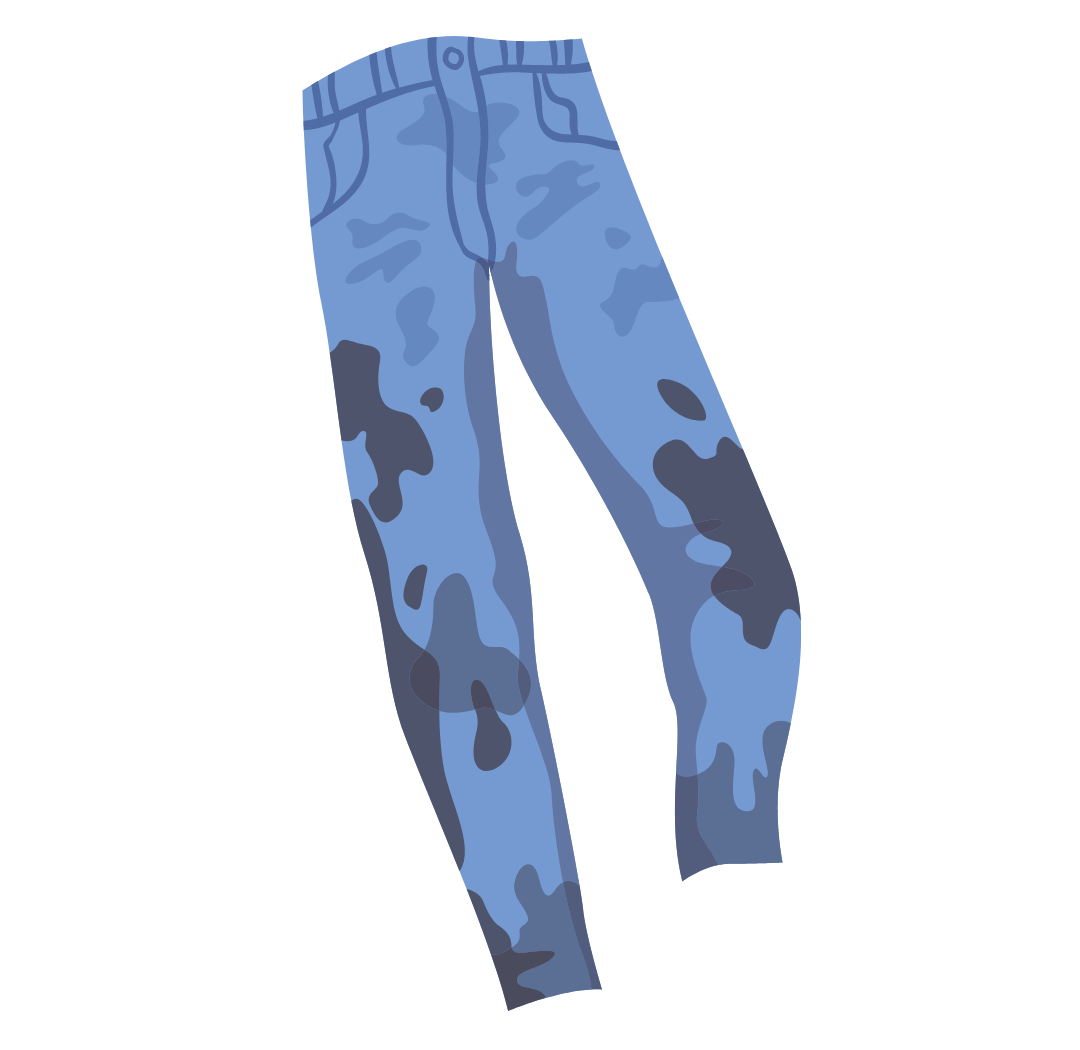 If you’re out and can’t remove your jeans, use a bit of salt or artificial sweeteners on the stain to soak up as much of the offending oil until you can give your jeans a deep clean at home using the method we provided above.
If you’re out and can’t remove your jeans, use a bit of salt or artificial sweeteners on the stain to soak up as much of the offending oil until you can give your jeans a deep clean at home using the method we provided above.


